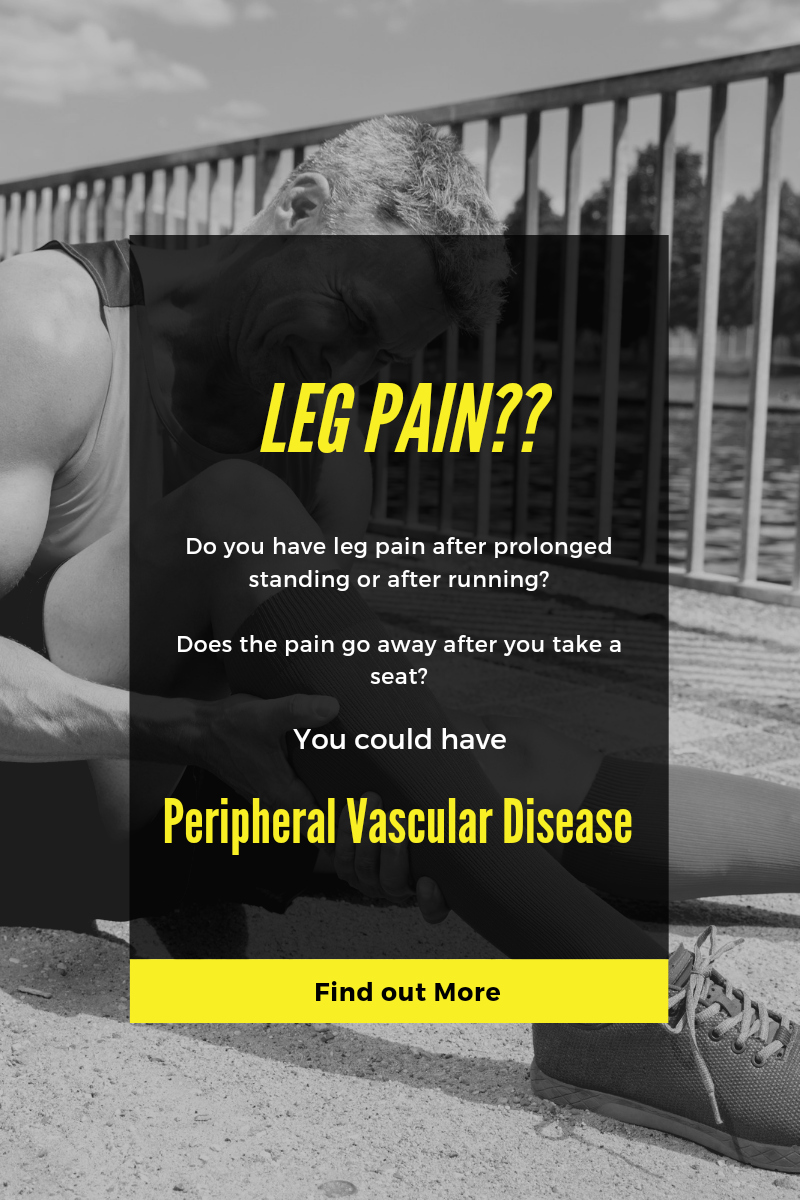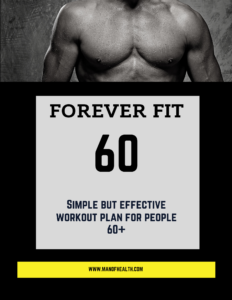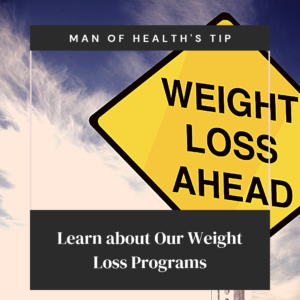
Leg pain? Peripheral Vascular Disease could be the problem.
- Post author:Christopher C
- Post published:December 23, 2020
- Post category:Physical Health
Have you ever had unrelenting pain in your lower legs that will not go away?
Have you ever had a cramping type of feeling in your lower legs (calf) after exercising or standing up all day on your feet?
Does this pain seem to stop once you actually rest your legs?
Well you may suffer from Peripheral Vascular Disease (PVD).
In this post we will discuss:
- What is PVD?
- What causes PVD
- What are the signs and symptoms of PVD?
- Who is affected by PVD?
- What are the tests for PVD?
- How do you treat PVD?
Let’s Begin..
What is PVD?
Peripheral Vascular Disease is a chronic and slow circulatory disease that affects the flow of blood through vessels. PVD can affect any vessels of the body; arteries, veins or the lymphatic vessels. What happens with PVD is blood flow through a vessel is slowed or stopped to the point the muscles that are supplied, do not receive enough oxygen. When a muscle does not receive enough blood, it can not receive enough oxygen. When this occurs the muscle becomes ischemic (loss of oxygen), which could cause muscle death.
What causes PVD?
A blockage of a vessel causes PVD. Blockage can occur in several different ways.
- Atherosclerosis: the buildup of plaque in a vessel which causes the vessel to become blocked.
The plaque that forms in atherosclerosis is usually caused by cholesterol. This is why providers try to keep your cholesterol levels normal to prevent plaque build up.
- Injury to a vessel can cause the vessel to become blocked.
What are the signs and symptoms of PVD?
- Most people with PVD are symptom free.
- Severe pain when the legs are being exercised.
- Lower leg skin (thin, shiny skin on the feet and legs).
- Weak pulses in the legs and feet.
- Dead tissue on the feet and toes: Blood flow to the lower legs does not occur so the tissue dies.
- Hair loss on the legs.
- Thick and unclear toenails.
- Wounds that do not heal on the lower legs and feet. These will occur in pressure points. (Ankles, heels, and toes).
Who is affected by PVD?
Peripheral Vascular Disease affects 5-12 million Americans and 200 million people worldwide.
The risk factors for PVD are:
- Older Age.
- Cigarette Smokers
- History or present: Stroke, Diabetes, hypertension,. & Hyperlipidemia
What are the tests for PVD?
- Doppler Ultrasound (checks for pulses of the lower legs).
- Ankle Brachial Index: This is considered the vital signs of PVD. An ABI greater than 0.9 is normal. Anything below 0.9 heavily suggests PVD.
- Abdominal Aortic Ultrasound: This may be ordered one time if you have PVD to rule out abdominal aortic aneurysm (AAA).
How do you treat PVD?
PVD is treated based on the symptoms and the ABI score. It may require a consult to an interventional radiologist or surgeon for a possible surgery. If symptoms are manageable or ABI between 0.3-0.9 lifestyle modifications may be helpful.
These lifestyle modifications are:
- Stop smoking
- Specific waking plans
- Stabilize your lipids (helps prevent cholesterol formation). These medications are known as the statins which you may need.
- Antiplatelet of needed: ASA or plavix. These meds help thin the blood. This prevent thick blood and blood clots. ASA is the go to medication.
- Control Blood Pressure.
- Pletal: This medication is given symptoms are not improved.
PVD is a serious issue. PVD can lead to serious pain and amputation if the blood flow becomes completely blocked. Please talk to your provider if you think you are suffering from peripheral vascular disease (PVD).
Would you like some help organizing your health issues?
Do you want to be healthier but just need some help getting started?
Let us create a customized health gameplan for you (includes nutrition plan and workout plan. Comment "Gameplan" below. Initial consult FREE.

Share via:


